Authentic Kalighat Painting of a Woman in Traditional Attire – 1Pcs
₹2,000.00
The Kalighat Painting of a Woman in Traditional Attire is a beautiful example of Bengal’s rich artistic and cultural heritage. Originating from the Kalighat area of 19th-century Kolkata, this painting style redefined Indian art by bringing simplicity, elegance, and social relevance into the visual language of traditional painting. This artwork captures the timeless grace of a Bengali woman, adorned in her traditional attire, exuding both poise and quiet strength. It represents not only the aesthetic ideals of its time but also the evolving identity of women in a rapidly modernizing society.
| Artist | |
|---|---|
| Painting Medium | Natural Color on paper |
| Shipping | 1-3 Business days after placing the order |
| Frame status | Unframed, shipped by roll |
| Dimensions | 7 * 11 in |
The Kalighat Painting of a Woman in Traditional Attire is a beautiful example of Bengal’s rich artistic and cultural heritage. Originating from the Kalighat area of 19th-century Kolkata, this painting style redefined Indian art by bringing simplicity, elegance, and social relevance into the visual language of traditional painting. This artwork captures the timeless grace of a Bengali woman, adorned in her traditional attire, exuding both poise and quiet strength. It represents not only the aesthetic ideals of its time but also the evolving identity of women in a rapidly modernizing society.
Origins of the Kalighat Painting Tradition
The Kalighat painting tradition was born near the famous Kalighat Kali Temple in Kolkata during the mid-1800s. Local patuas (scroll painters) who once painted long narrative scrolls began adapting their art into single-frame paintings on paper for pilgrims visiting the temple. These Kalighat pats were affordable, portable, and often carried spiritual or moral messages. However, the genre quickly evolved beyond devotional art to depict scenes of daily life, social change, and human emotion. The Kalighat Painting of a Woman in Traditional Attire stands as a testament to this evolution—where spirituality met modernity, and everyday subjects became symbols of grace, dignity, and individuality.
The Elegance of Traditional Attire
In this artwork, the woman is portrayed wearing a traditional Bengali sari, gracefully draped in the classic style that highlights both modesty and sophistication. Her attire, complete with ornaments and flowing lines, reflects the cultural identity of Bengal’s women—strong, nurturing, and elegant. The artist uses soft yet vivid colors to bring life to the drapery, ensuring every fold and curve resonates with fluidity. This attention to detail, combined with minimal background distractions, directs the viewer’s gaze toward the woman’s serene expression and refined posture. The Kalighat Painting of a Woman in Traditional Attire captures the perfect harmony between simplicity and ornamentation, portraying beauty as a reflection of inner peace rather than excess.
Artistic Style and Technique
The hallmark of the Kalighat painting style lies in its fluid brushwork, bold contours, and minimalism. The use of natural colors derived from minerals, plants, and organic materials—such as red from Geru Pathar, yellow from Holud Pathar, white from Khorimati leaves, black from Bhushokali soot, and green from Simpata plant—ensures that the painting remains eco-friendly and vibrant. Each stroke is intentional, flowing like a melody. The Kalighat Painting of a Woman in Traditional Attire is not just a visual experience—it’s a rhythmic composition where line, color, and emotion coexist in perfect balance.
Symbolism of the Feminine Figure
Kalighat paintings often celebrated women as central figures—divine, maternal, sensual, and intellectual. The Kalighat Painting of a Woman in Traditional Attire captures this celebration beautifully. The woman, while depicted in her traditional role, radiates individuality and confidence. Her expressive eyes, poised stance, and subtle gestures speak volumes about her inner strength. The painting thus transcends the boundaries of time and context—it becomes a reflection of womanhood itself: graceful yet powerful, traditional yet progressive.
Cultural and Historical Context
In colonial Bengal, Kalighat paintings became more than just decorative art—they were mirrors of social commentary. Artists began portraying not only deities but also scenes from contemporary life, critiquing moral hypocrisy, vanity, and the changing social norms of urban Bengal. Within this context, the Kalighat Painting of a Woman in Traditional Attire becomes a symbol of balance between tradition and transformation. While the attire and style represent deep-rooted customs, the woman’s self-assured demeanor reflects the growing consciousness and independence of women in society.
Emotional and Aesthetic Appeal
The emotional depth of the Kalighat Painting of a Woman in Traditional Attire lies in its simplicity. The artist avoids unnecessary details, focusing instead on form, gesture, and expression. The subtle tilt of the head, the serene face, and the gentle flow of the sari convey quiet contemplation. Despite its minimalism, the painting evokes a strong emotional response, proving that beauty can reside in restraint and purity of line. This aesthetic approach has inspired generations of artists, including modernists like Jamini Roy, who drew heavily from the Kalighat idiom.
Legacy and Modern Relevance
Even today, the Kalighat Painting of a Woman in Traditional Attire continues to resonate as a symbol of cultural pride and feminine strength. It bridges the gap between rural traditions and urban modernity, between devotion and daily life. Collectors and art enthusiasts around the world cherish these paintings for their ability to tell timeless stories through simple forms. Beyond their artistic value, Kalighat paintings also hold historical significance—they document an era of social awakening and cultural dialogue in Bengal.
Preserving the Kalighat Legacy
Each Kalighat Painting of a Woman in Traditional Attire available today is hand-painted by skilled artisans who have inherited this tradition from generations of patuas. By using natural pigments and sustainable materials, they preserve not only the aesthetic but also the ethical essence of the art form. Owning such a painting means supporting indigenous craftsmanship
Explore more handcrafted artworks in our Pattachitra Collection or follow The Bengal Craft on Instagram to see new arrivals and artisan stories.
Check out our other products- Pattachitra
Be the first to review “Authentic Kalighat Painting of a Woman in Traditional Attire – 1Pcs” Cancel reply
Related products
Pattachitra
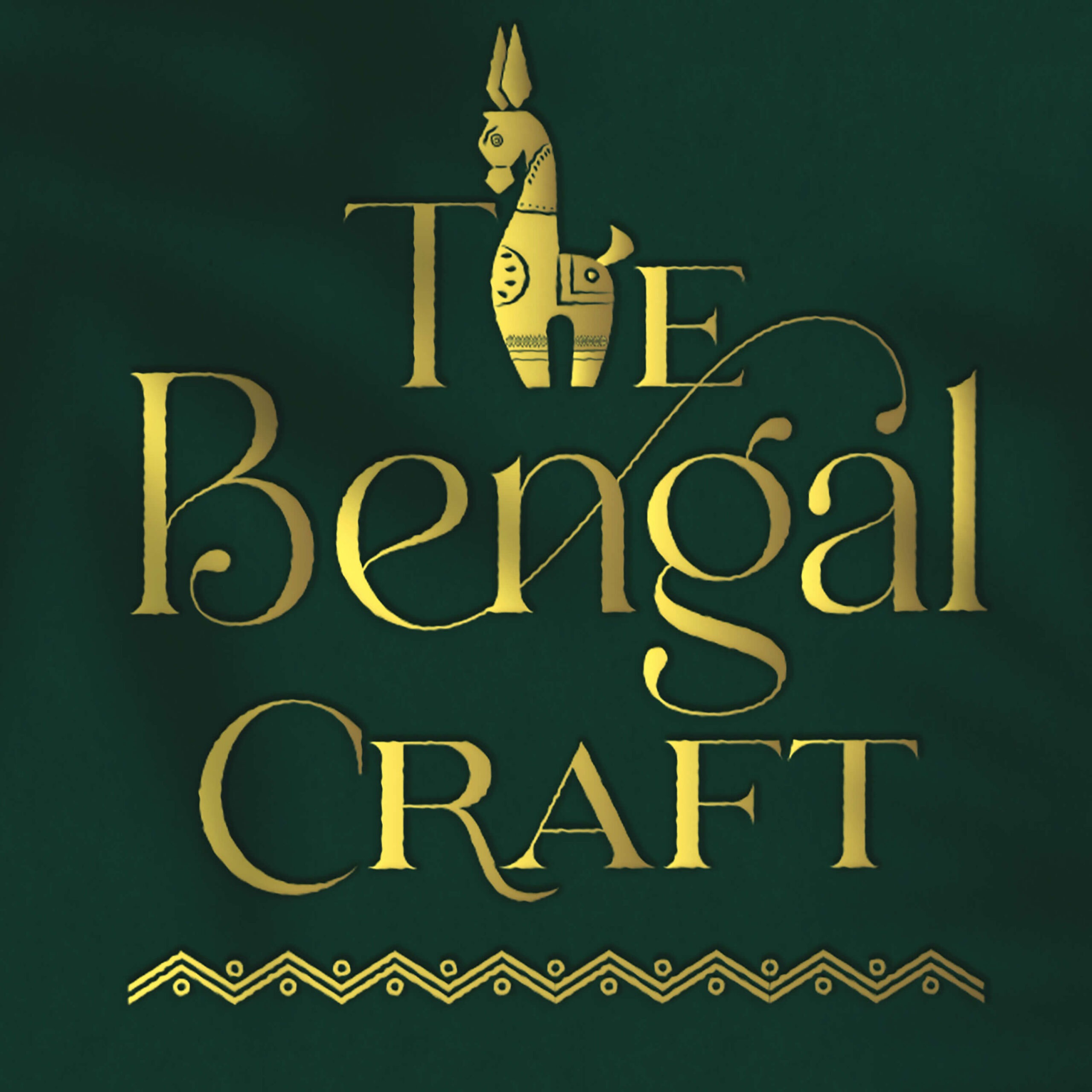

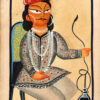
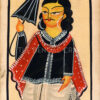
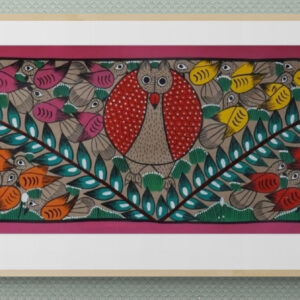
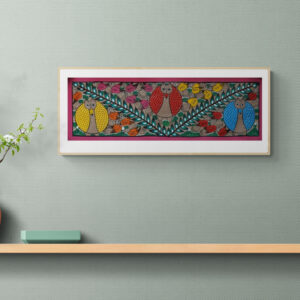
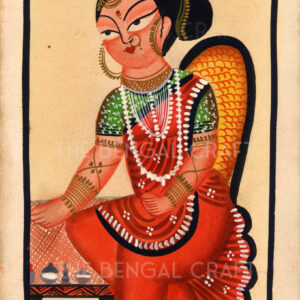
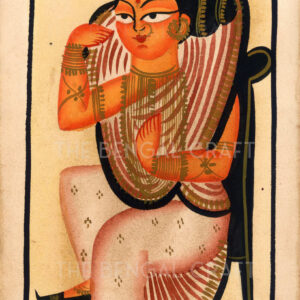
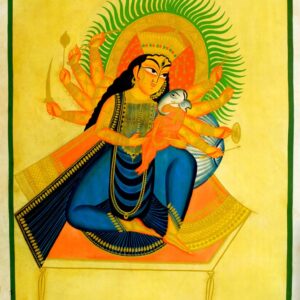
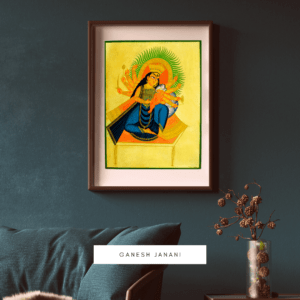
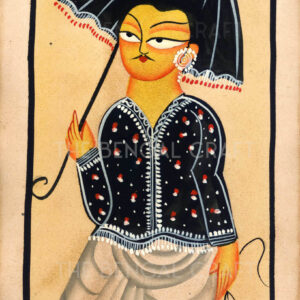
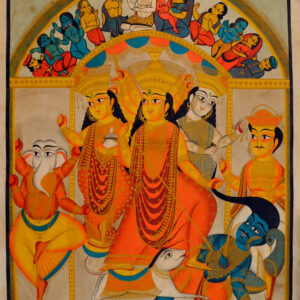
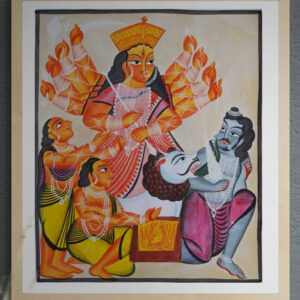
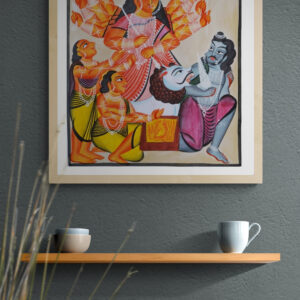
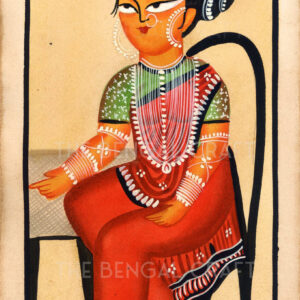
Reviews
There are no reviews yet.